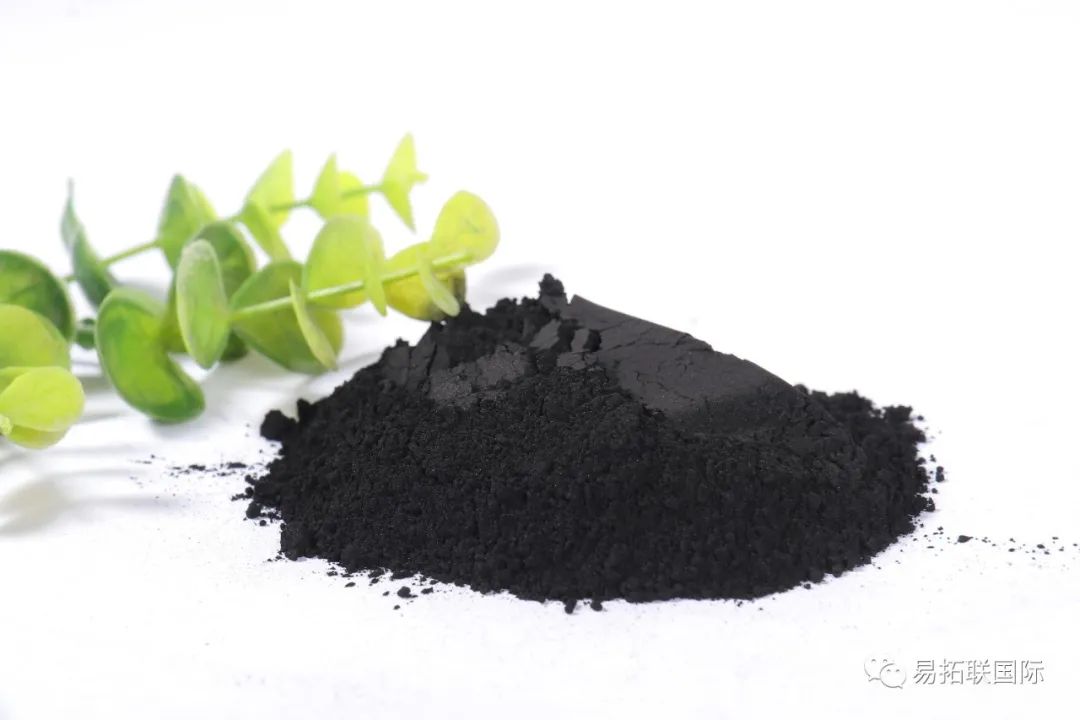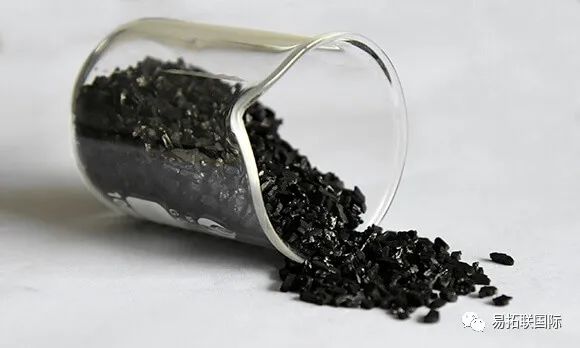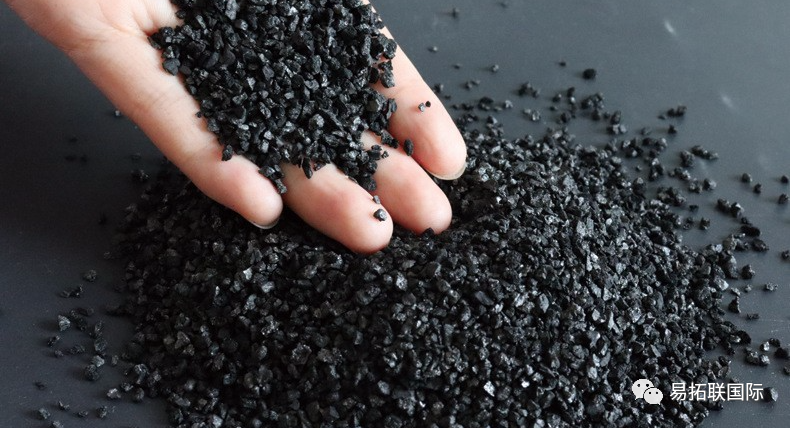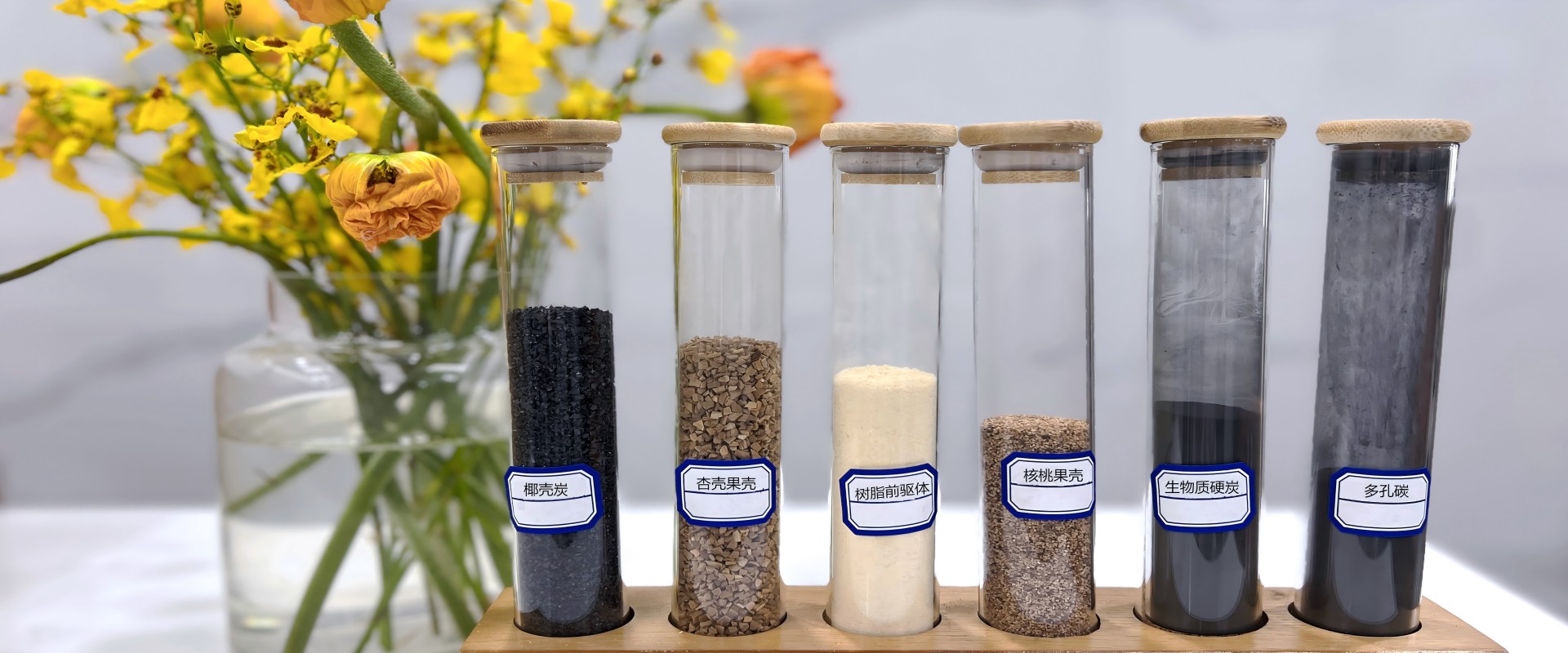Activated carbon is a commonly used adsorbent, catalyst, or catalyst carrier, and has a wide range of applications in water treatment. So how to choose activated carbon?
Activated carbon is a type of microcrystalline carbon material made of carbon containing materials with a black appearance, well-developed internal pore structure, large specific surface area, and strong adsorption capacity. It is a commonly used adsorbent, catalyst, or catalyst carrier.

Activated carbon can be divided into wood activated carbon, fruit shell activated carbon, animal bone/blood activated carbon, mineral activated carbon, synthetic resin activated carbon, rubber/plastic activated carbon, regenerated activated carbon, etc. according to the source of raw materials; Activated carbon can be divided into powder, granular, irregular granular, cylindrical, spherical, and fibrous shapes according to its appearance. The application of activated carbon is extremely extensive, involving almost all sectors of the national economy and people's daily lives, such as water purification, gold extraction, sugar decolorization, drug injection extraction, blood purification, air purification, and human safety protection.
Activated carbon materials mainly include activated carbon (AC) and activated carbon fibers (ACF). Activated carbon materials, as an excellent adsorbent, are mainly determined by their unique adsorption surface structural characteristics and surface chemical properties. Activated carbon materials have stable chemical properties, high mechanical strength, acid resistance, alkali resistance, heat resistance, and are insoluble in water and organic solvents. They can be recycled and have been widely used in various fields such as chemical engineering, environmental protection, food processing, metallurgy, pharmaceutical refining, military chemical protection, etc. At present, modified activated carbon materials are widely used in fields such as sewage treatment and air pollution prevention, and are increasingly showing attractive and promising prospects in the treatment of environmental pollution.

Over 80% -90% of activated carbon is composed of carbon elements, which is also the reason why activated carbon is a hydrophobic adsorbent. In addition to carbon, there are also two types of admixtures: one is chemically bound elements, mainly oxygen and hydrogen, which are left in the carbon due to incomplete carbonization, or during the activation process, foreign non carbon elements chemically combine with the surface of the activated carbon, such as when activated with water vapor, the surface of the activated carbon is oxidized or steam oxidized; Another type of admixture is ash, which is the inorganic part of activated carbon.
The main raw materials of activated carbon can be almost all organic materials rich in carbon, such as coal, wood, fruit shells, coconut shells, walnut shells, apricot shells, jujube shells, etc. These carbonaceous materials are converted into activated carbon through pyrolysis at high temperatures and certain pressures in an activation furnace. During this activation process, large surface areas and complex pore structures gradually form, and the so-called adsorption process is carried out in these pores and on the surface. The size of pores in activated carbon has a selective adsorption effect on the adsorbate, which is because large molecules cannot enter the pore size of activated carbon smaller than its pores. Activated carbon is a hydrophobic adsorbent prepared by high-temperature carbonization and activation of substances containing carbon as the main raw material. Activated carbon contains a large number of micropores and has a huge surface area, which can effectively remove color and odor. It can remove most organic pollutants and some inorganic substances, including some toxic heavy metals, from the secondary effluent.
3.1 Filtering principle
Activated carbon filter is the process of intercepting suspended pollutants in water, and the intercepted suspended solids fill the gaps between activated carbon. The pore size and porosity of the filter layer increase with the increase of activated carbon particle size. The coarser the particle size of activated carbon, the greater the space it can accommodate suspended solids. It is manifested as an increase in filtration capacity, pollutant holding capacity, and pollutant interception capacity. At the same time, the larger the pore size of the activated carbon filter layer, the deeper the suspended solids in the water can be transported to the next layer of activated carbon filter layer. With sufficient protective thickness, the suspended solids can be more intercepted, making the middle and lower layers of filter layer better play a interception role, and increasing the unit's pollutant interception capacity.

Strictly speaking, the ability of activated carbon to retain suspended solids comes from the surface area provided by activated carbon. When the flow rate is low, the filtration capacity of the unit mainly comes from the screening effect of activated carbon, while when the flow rate is high, the filtration capacity comes from the adsorption effect on the surface of activated carbon particles. During the filtration process, the larger the particle surface area provided by activated carbon, the stronger the adhesion to suspended solids in water.
3.2 Adsorption principle
According to the different forces between activated carbon molecules and pollutant molecules during the adsorption process, adsorption can be divided into two categories: physical adsorption and chemical adsorption (also known as active adsorption). In the process of adsorption, when the force between the activated carbon molecule and the pollutant molecule is Van der Waals force (or electrostatic attraction), it is called physical adsorption; When the force between the activated carbon molecule and the pollutant molecule is a Chemical bond, it is called chemisorption. The adsorption strength of physical adsorption is mainly related to the physical properties of activated carbon, and is basically independent of the chemical properties of activated carbon. Since Van der Waals force is weak and has little impact on the structure of pollutant molecules, this force is the same as the cohesion between molecules, so physical adsorption can be compared to condensation. The chemical properties of pollutants remain unchanged during physical adsorption.
Due to the strong Chemical bond, which has a great impact on the structure of pollutant molecules, chemical adsorption can be regarded as a chemical reaction, which is the result of the chemical interaction between pollutants and activated carbon. Chemisorption generally includes electron pair sharing or Electron transfer, rather than simple perturbation or weak polarization, and is an irreversible chemical reaction process. The fundamental difference between physical adsorption and chemical adsorption lies in the forces that generate adsorption bonds.
The adsorption process is the process of pollutant molecules being adsorbed onto the solid surface, and the free energy of molecules will be reduced. Therefore, the adsorption process is a Exothermic process, and the heat released is called the heat of adsorption of the pollutant on the solid surface. Due to the different forces of physical adsorption and chemical adsorption, they exhibit certain differences in adsorption heat, adsorption rate, adsorption activation energy, adsorption temperature, selectivity, number of adsorption layers, and adsorption spectra. Activated carbon adsorption technology has been used for refining and decolorization in industries such as pharmaceuticals, chemicals, and food in China for many years. It was used for Industrial wastewater treatment since 1970s. Production practice has shown that activated carbon has excellent adsorption ability for trace organic pollutants in water, and it has good adsorption effects on industrial wastewater such as textile printing and dyeing, dye chemical industry, food processing, and organic chemical industry. In general, it has a unique ability to remove organics represented by BOD, COD and other comprehensive indicators in wastewater, such as synthetic dyes, surfactants, phenols, benzene, organic chlorine, pesticides and Petrochemical. Therefore, the activated carbon adsorption method has gradually become one of the main methods for secondary or tertiary treatment of industrial wastewater.
Adsorption is a slow process in which a substance adheres to the surface of another substance. Adsorption is an interface phenomenon that is related to changes in surface tension and surface energy. There are two types of driving forces that cause adsorption, one is the repulsive force of solvent water on hydrophobic substances, and the other is the affinity attraction of solids to solutes. The adsorption in wastewater treatment is mostly the result of the combined action of these two forces. The specific surface area and pore structure of activated carbon directly affect its adsorption capacity. When selecting activated carbon, it should be determined through experiments based on the water quality of the wastewater. For printing and dyeing wastewater, it is advisable to choose carbon species with well-developed transition pores. In addition, ash content also has an impact. The smaller the ash content, the better the adsorption performance; The closer the size of adsorbate molecules is to the pore diameter of carbon, the easier it is to be adsorbed; The concentration of adsorbate also has an impact on the adsorption capacity of activated carbon. Within a certain concentration range, the adsorption capacity increases with the increase of adsorbate concentration. In addition, water temperature and pH value also have an impact. The adsorption capacity decreases with the increase of water temperature.




 Phone:+86 13861313805
Phone:+86 13861313805
 E-mail:louis.han@e-tygroup.com
E-mail:louis.han@e-tygroup.com
 Add:Room 2809, Building Ⅱ, The Gate of the Orient, No. 199 Xinggang Street, Suzhou Industrial Park, Suzhou, China.
Add:Room 2809, Building Ⅱ, The Gate of the Orient, No. 199 Xinggang Street, Suzhou Industrial Park, Suzhou, China.
